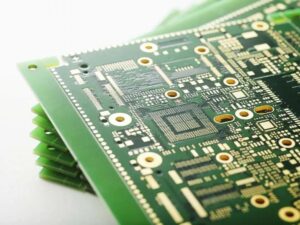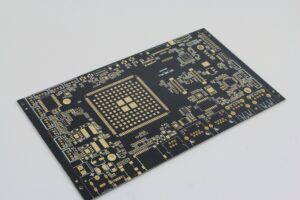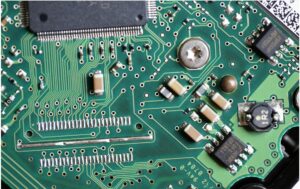PCB boards can be single-sided, double-sided, and multi-layer. Currently, there are over 100 layers of PCBs, while the common multi-layer PCBs are four layer and six layer boards. Why do people have the question “Why are PCB multilayer boards even numbered?”? Relatively speaking, even layer PCBs do have more advantages than odd layer PCBs.
1. Reduce processing costs
Due to the lack of one layer of dielectric and foil, the cost of raw materials for odd numbered PCBs is slightly lower than that for even numbered PCBs. However, the processing cost of odd layer PCBs is significantly higher than that of even layer PCBs. The processing cost of the inner layer is the same, but the foil/core structure significantly increases the processing cost of the outer layer. Odd layer PCBs require the addition of non-standard stacked core bonding processes on top of the core structure process. Compared to the nuclear structure, the production efficiency of factories that add foil outside the nuclear structure will decrease. Before laminating and bonding, the outer core requires additional processing, which increases the risk of scratches and etching errors on the outer layer.
2. Avoid bending of balanced structures
The best reason for not designing PCBs with odd layers is that odd layer circuit boards are prone to bending. When the PCB is cooled after the multi-layer circuit bonding process, the different lamination tensions between the core structure and the foil structure during cooling can cause the PCB to bend. As the thickness of the circuit board increases, the risk of bending composite PCBs with two different structures increases. The key to eliminating circuit board bending is to use balanced stacking. Although the PCB with a certain degree of bending meets the specification requirements, the subsequent processing efficiency will decrease, resulting in increased costs. Due to the need for special equipment and processes during assembly, the accuracy of component placement is reduced, which will damage the quality.
Based on the above reasons, PCB multilayer boards are mostly designed with even numbered layers, with fewer odd numbered layers.What if there are odd layers of PCBs in the design? The following methods can achieve balanced stacking, reduce PCB production costs, and avoid PCB bending.
1) One layer of signal layer and utilization. If the power layer of a PCB is even and the signal layer is odd, this method can be used. The added layer does not increase costs, but it can shorten delivery time and improve PCB quality.
2) Add an additional power layer. If the power layer of a PCB is odd and the signal layer is even, this method can be used. A simple method is to add a layer in the middle of the stack without changing other settings. First, wire according to the odd layer PCB type, then copy the layer in the middle and mark the remaining layers. This is the same as the electrical characteristics of foil applied to thickened strata.
3) Add a blank signal layer near the center of the PCB stack. This method minimizes stacking imbalance and improves the quality of PCBs. First, wire according to odd layers, then add a blank signal layer and mark the remaining layers.
















